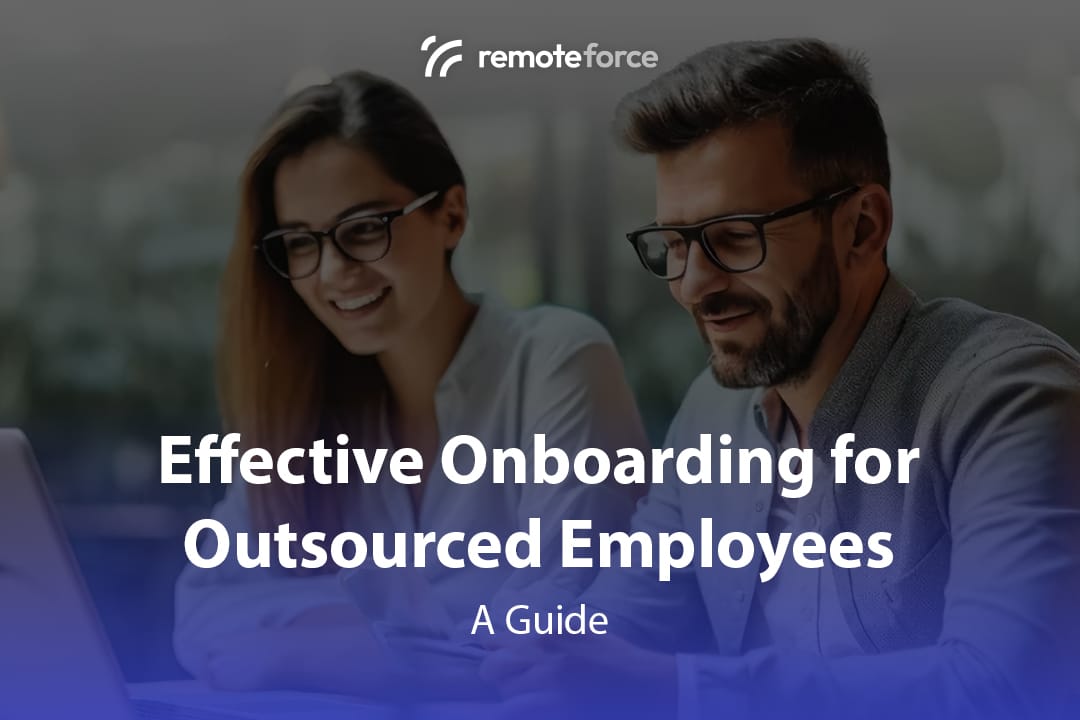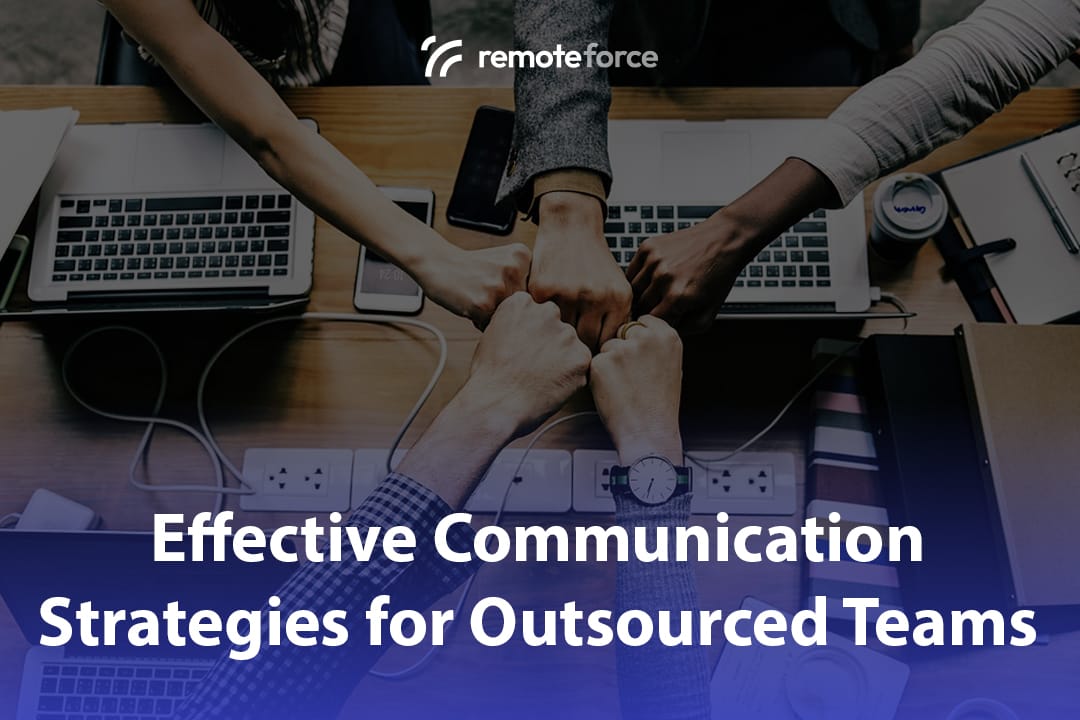You’ve signed the contract and are ready to integrate a new outsourced team of digital marketers, web developers, or legal experts. The temptation is to simply send the first task and expect them to run with it. However, this is the most common—and most costly—mistake in outsourcing.
A lack of a formal onboarding process leads to confusion, misalignment, and a slow, frustrating ramp-up period.
Effective onboarding is the strategic accelerator that transforms a new resource into a productive team member in record time. It’s not just about paperwork; it’s about systematically integrating them into your projects, processes, and culture.
Table of Contents
ToggleWhy You Can’t Afford to Skip Onboarding
Onboarding outsourced staff is different from onboarding in-house employees. You aren’t just teaching them a new job; you are bridging the gap between two different companies.
A structured onboarding process achieves several critical goals:
- Faster Productivity: It drastically cuts down the time it takes for the new member to deliver high-quality work.
- Clear Alignment: It ensures everyone is perfectly aligned on goals, deliverables, and quality standards from Day 1.
- Cultural Integration: It makes the outsourced team feel like part of your team, boosting engagement and loyalty.
- Security & Compliance: It ensures all security protocols (VPNs, data handling) and NDAs are understood and implemented.
The 4 Phases of an Effective Outsourcing Onboarding Plan

A successful onboarding isn’t a single meeting; it’s a phased process.
Phase 1: Pre-Onboarding (Before Day 1)
The goal is to have everything ready before they log in for the first time. This prevents a frustrating first day of waiting for access.
- Grant Technical Access: Provide access to all necessary tools:
- Communication: Slack, Microsoft Teams, etc.
- Project Management: Asana, Jira, Trello, etc.
- File Sharing: Google Drive, SharePoint, etc.
- System Access: VPNs, staging environments, CRM, etc.
- Send Key Documents: Email a “Welcome Packet” containing:
- The primary Project Brief or Statement of Work (SOW).
- Company Brand Guidelines.
- Key contact list (who to ask for what).
- Schedule Intro Meetings: Put time on the calendar for key introductions for Day 1.
Phase 2: The First Day (The Welcome & The “Why”)
The goal is to make them feel welcome and connect them to your company’s mission.
- The Team Introduction: Hold a formal (but friendly) video call to introduce the outsourced member(s) to the core in-house team they’ll be working with.
- The “Why” Briefing: Don’t just show them the task. Explain the purpose. Share your company’s mission, vision, and the specific goals of the project. How does their work as a web developer impact the customer experience? How does their legal support protect the company?
- Assign a “Buddy” or POC: Designate one primary Point of Contact (POC) from your team to answer all their initial questions. This prevents them from feeling lost or bothering multiple people.
Phase 3: The First Week (The “How” & The “Quick Win”)
The goal is to integrate them into your specific workflows and get them their first small victory.
- Process Deep Dive: Walk them through your specific processes. How do you run sprints? What does your QA process look like? How do you want files named and stored?
- Communication Rhythm: Explain your communication expectations. (e.g., “We use Slack for urgent questions, email for daily summaries, and Asana comments for task-specific updates.”)
- Assign a “Quick Win”: Give them a small, well-defined first task. This builds their confidence, allows them to learn the process, and gives you an early look at their work style.
Phase 4: The First 30 Days (The Rhythm & Feedback)
The goal is to establish a stable working rhythm and a culture of open communication.
- Set Clear KPIs: Define what success looks like for their first 30-60 days. This should be directly related to their SOW or SLA.
- Establish a Feedback Loop: Schedule a regular weekly check-in. This is crucial for catching misunderstandings early.
- Solicit Their Feedback: Ask them, “What parts of our process are confusing? What tools or information do you need that you don’t have?” They often have valuable “outsider” perspectives.
Key Differences: Onboarding In-House vs Outsourced
Understanding this distinction is key to designing the right process.
| Feature | In-House Onboarding | Outsourced Onboarding |
|---|---|---|
| Primary Focus | Company Culture, Long-Term Career Path | Project Goals, Specific Processes, KPIs |
| Compliance | HR Paperwork (Taxes, Payroll, Benefits) | Contractual (SLA, NDA, Data Security) |
| Integration | Social & Team Integration | Process & Tool Integration |
| Duration | Can be 3-6 months | Should be compressed (1-4 weeks) |
Conclusion
Onboarding is not an administrative burden; it is the single most effective investment you can make in a new outsourcing partnership. A well-planned process ensures that the high-caliber talent you’ve hired—whether in digital marketing, accounting, or app development—can start delivering value immediately.
At RemoteForce, our professionals are pre-vetted and trained in remote collaboration, but a strong, client-led onboarding process is what truly unlocks their potential. We partner with our clients to ensure this handoff is smooth, efficient, and sets the stage for a long-term, successful partnership.




